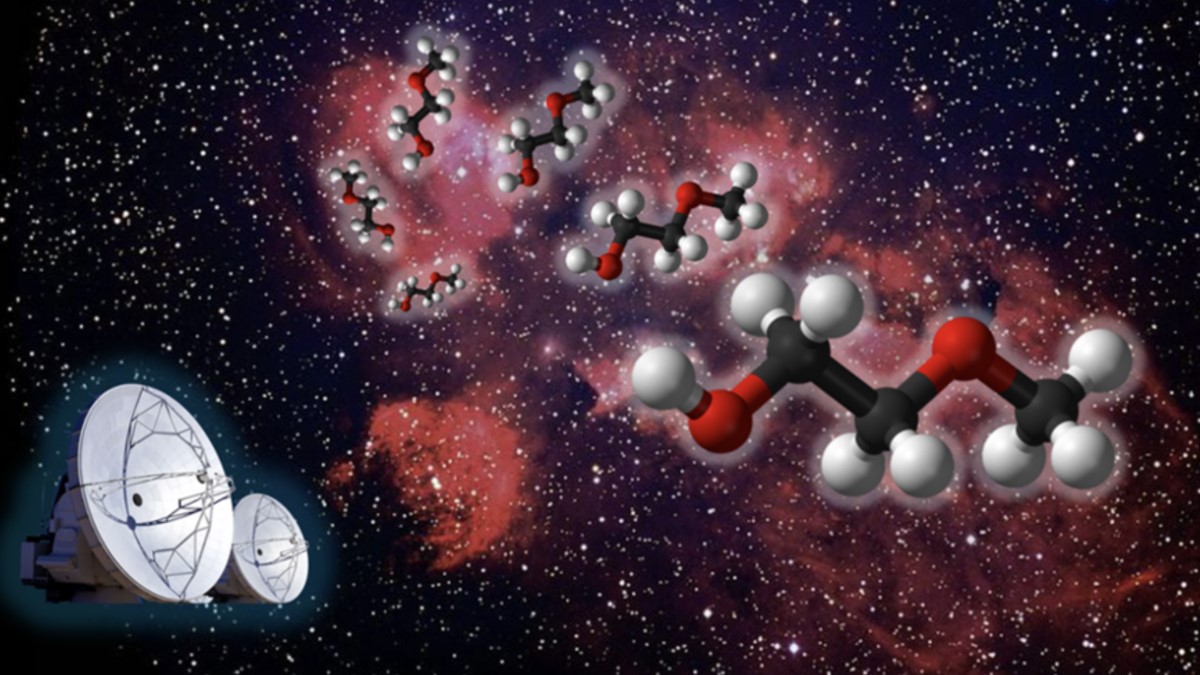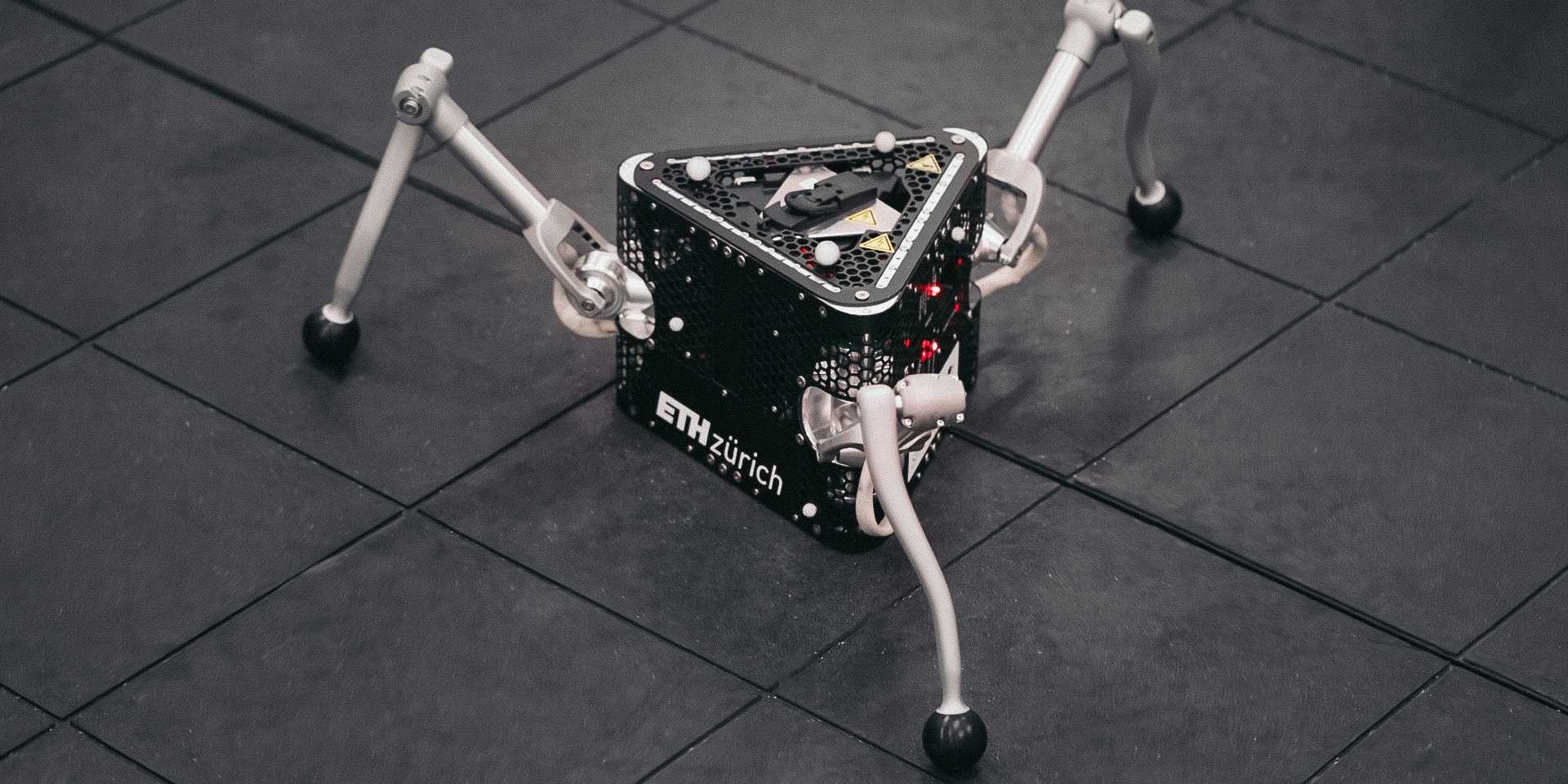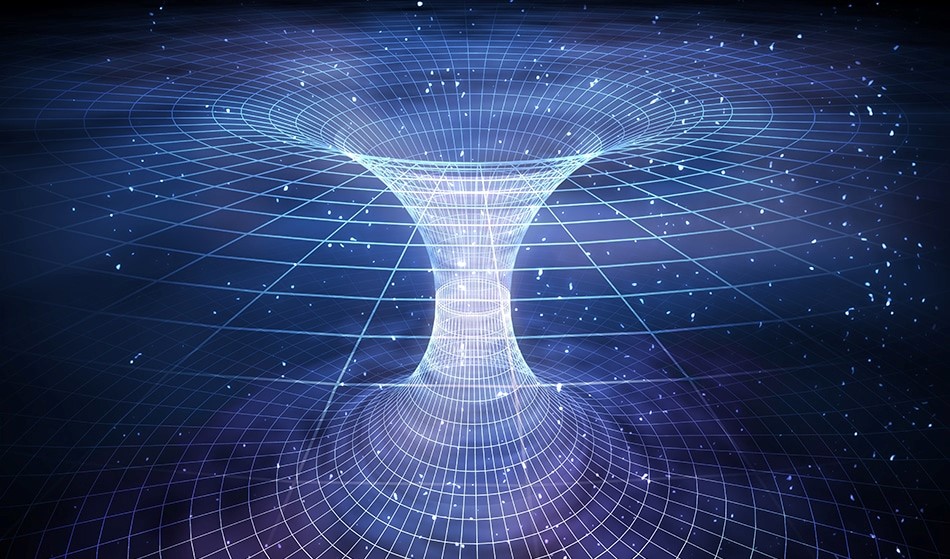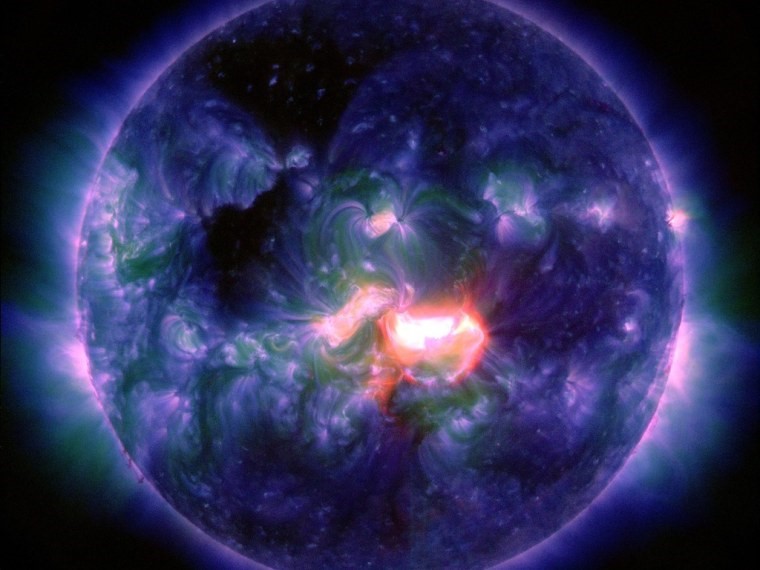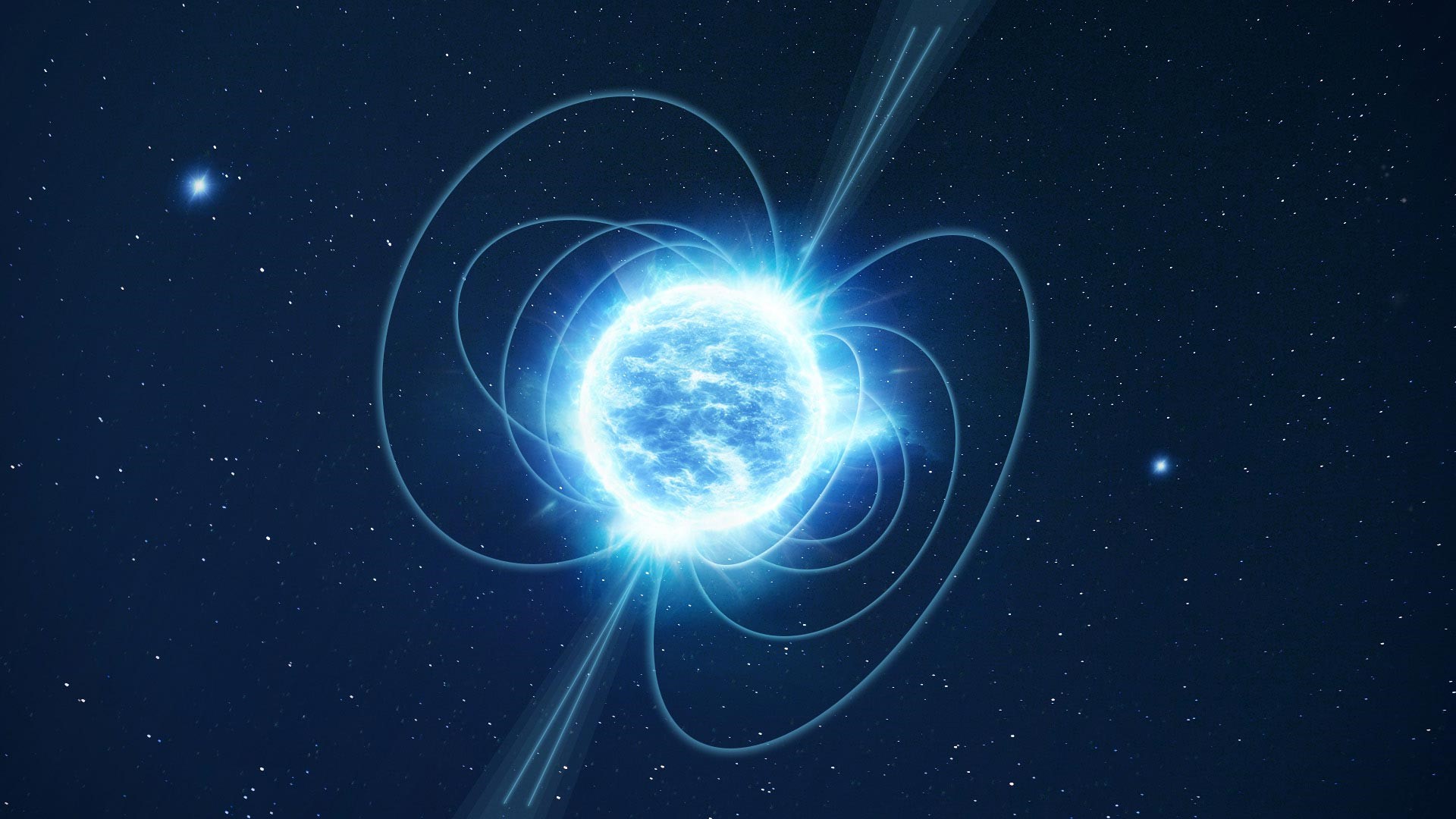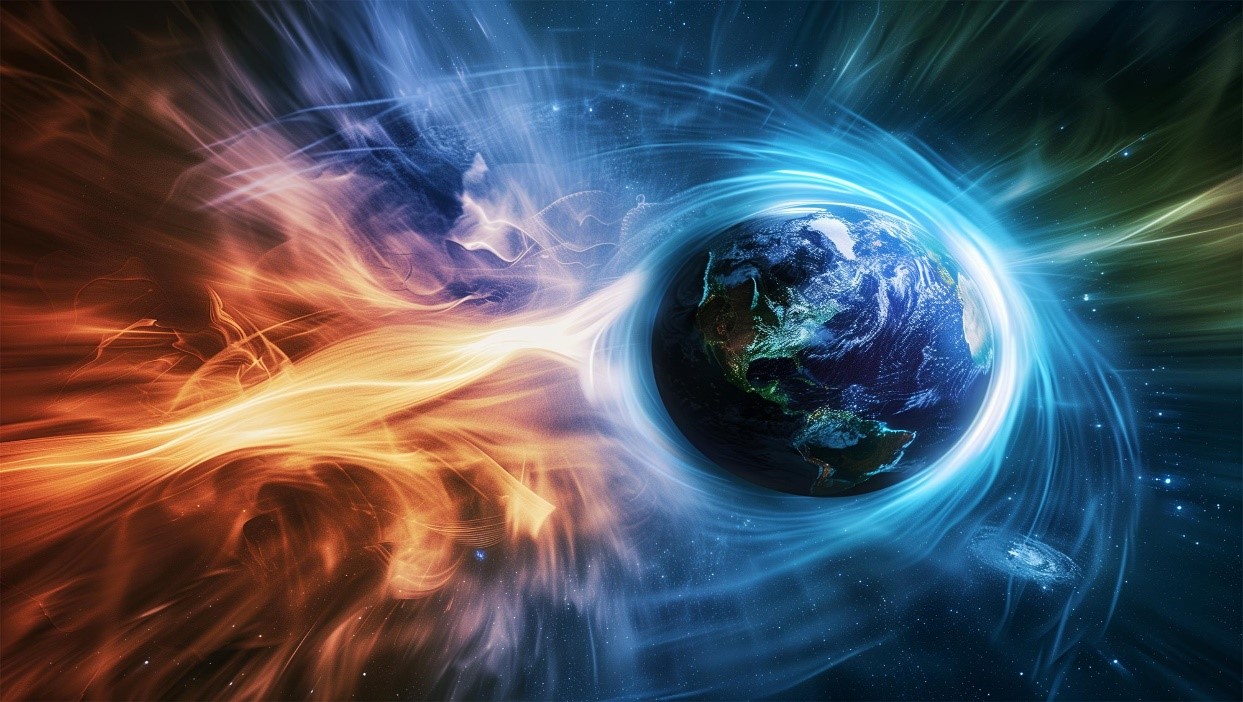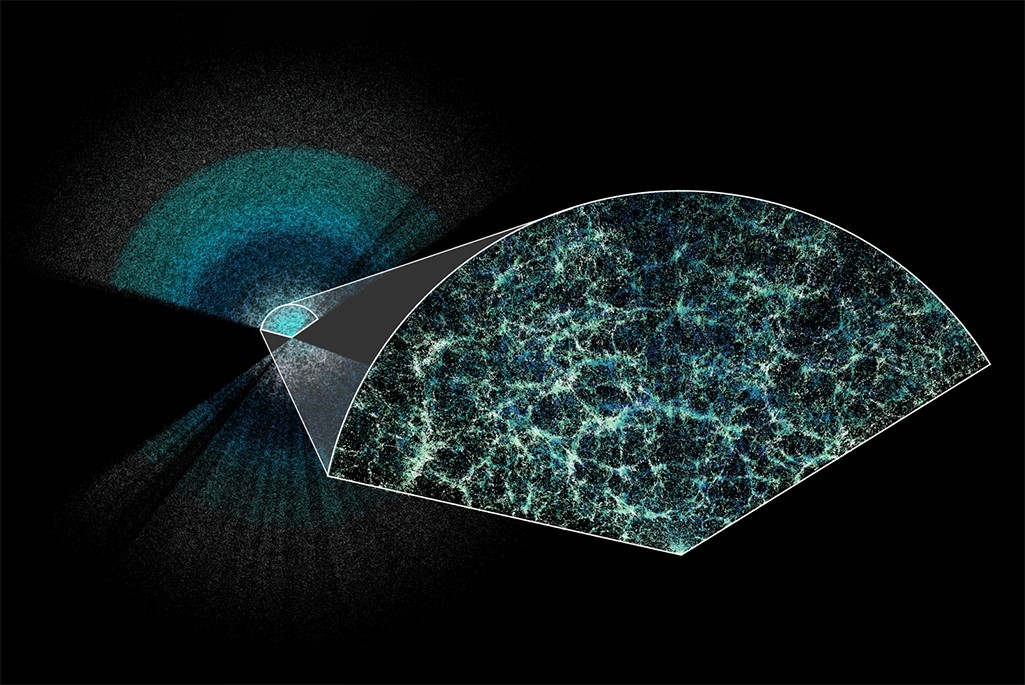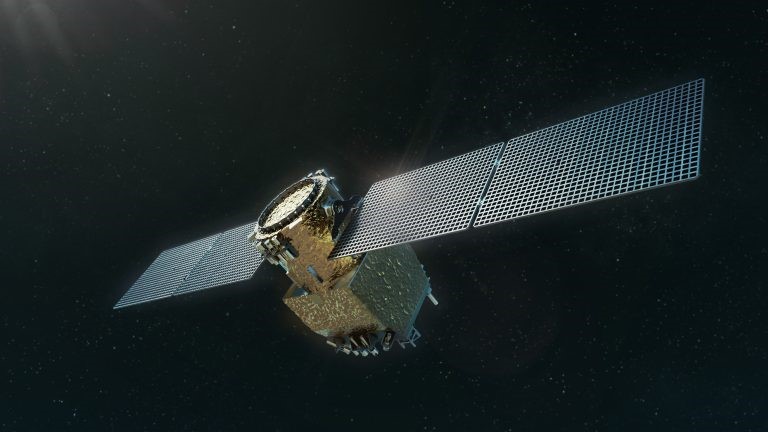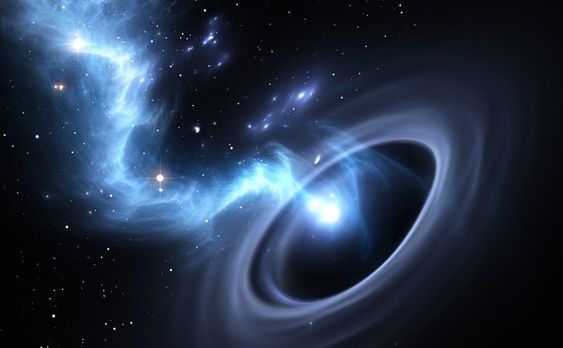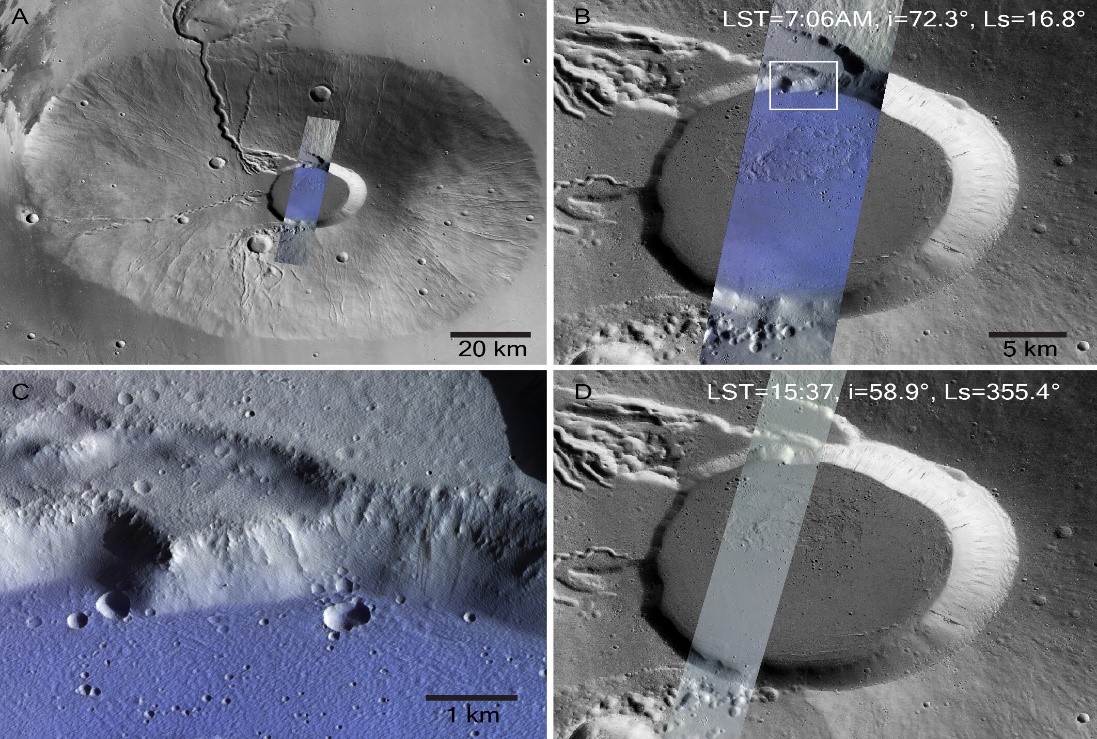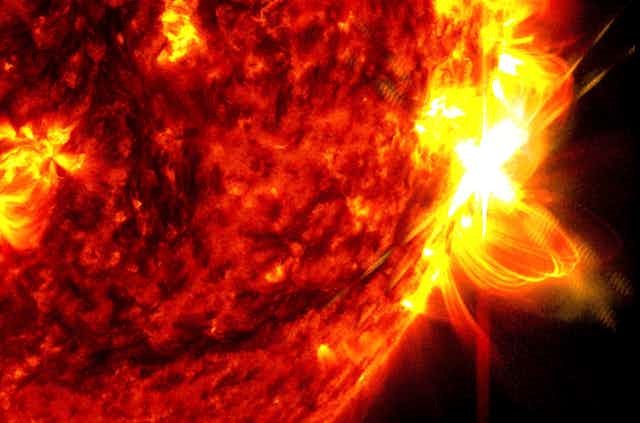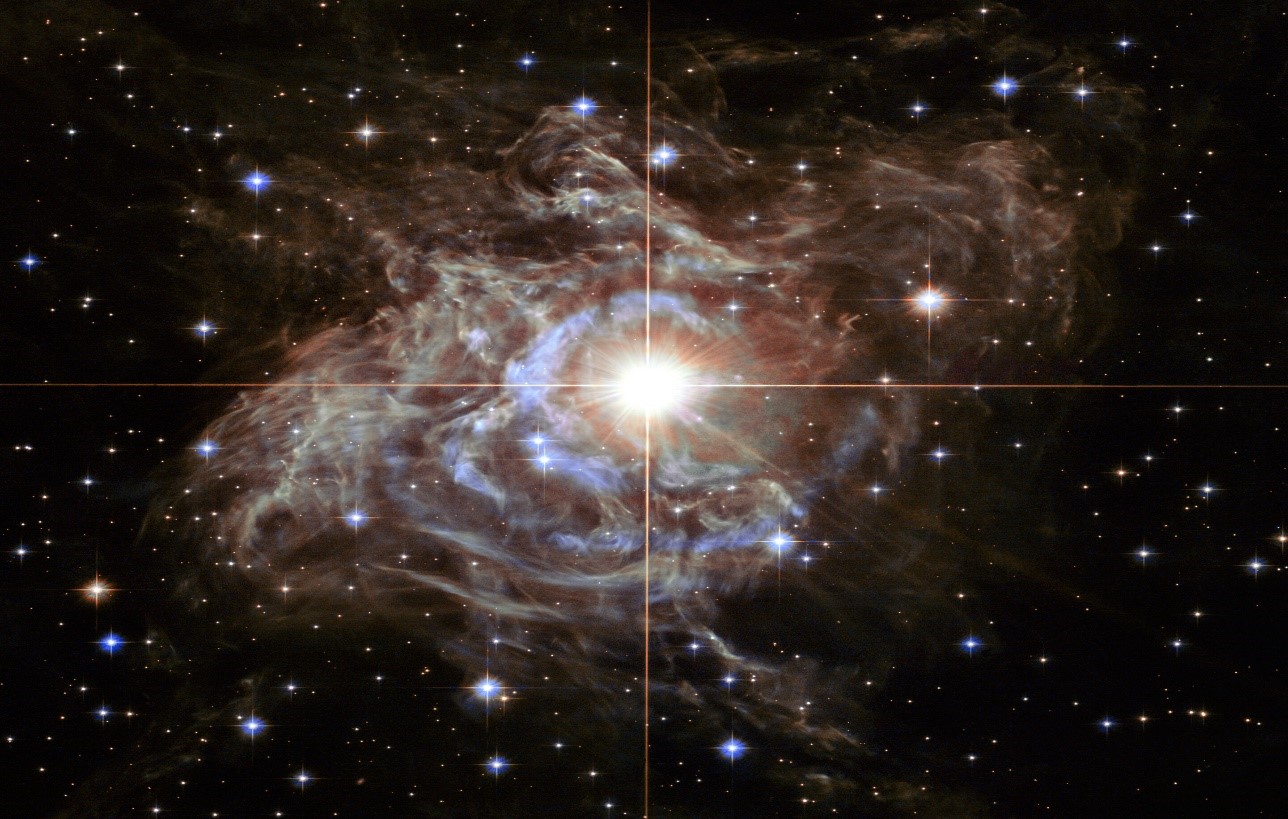Generating High-Density Relativistic Electron-Positron Pair Plasmas in the Laboratory
Black holes and neutron stars rank among the universe's densest known objects. Surrounding these extreme environments are plasmas, the fourth fundamental state of matter alongside solids, liquids, and gases. Specifically, these conditions host relativistic electron-positron pair plasmas, which consist of electrons and positrons moving at nearly the speed of light.
While such plasmas are common in deep space, replicating them in a laboratory has been challenging.

Figure 1. How it Works. (Credit: Heather Palmer)
For the first time, an international team of scientists, including researchers from the University of Rochester’s Laboratory for Laser Energetics (LLE), has successfully produced high-density relativistic electron-positron pair-plasma beams, generating two to three orders of magnitude more pairs than previously recorded. Their findings are published in Nature Communications [1]. Figure 1 shows how it works.
This breakthrough paves the way for follow-up experiments that could lead to fundamental discoveries about the universe.
"The laboratory generation of plasma 'fireballs' composed of matter, antimatter, and photons is a research goal at the forefront of high-energy-density science," says lead author Charles Arrowsmith, a physicist from the University of Oxford who is joining LLE in the fall. "However, the experimental challenge of producing sufficient numbers of electron-positron pairs has so far limited our understanding to theoretical studies."
Rochester researchers Dustin Froula, the division director for plasma and ultrafast laser science and engineering at LLE, and Daniel Haberberger, a staff scientist at LLE, collaborated with Arrowsmith and other scientists to design a novel experiment using the HiRadMat facility at the Super Proton Synchrotron (SPS) accelerator at the European Organization for Nuclear Research (CERN) in Geneva, Switzerland [2].
The experiment achieved extremely high yields of quasi-neutral electron-positron pair beams using over 100 billion protons from the SPS accelerator. Each proton carried kinetic energy 440 times greater than its resting energy. Due to such high momentum, when a proton collides with an atom, it releases its internal constituents—quarks and gluons—which then recombine to produce a cascade that eventually decays into electrons and positrons.
In essence, the beam generated in the lab contained enough particles to start behaving like a true astrophysical plasma.
"This opens up an entirely new frontier in laboratory astrophysics by enabling experimental probing of the microphysics of gamma-ray bursts or blazar jets," Arrowsmith explains.
The team has also developed techniques to modify the emittance of pair beams, enabling controlled studies of plasma interactions in scaled analogues of astrophysical systems.
"Satellite and ground telescopes cannot see the smallest details of these distant objects, and until now we have relied on numerical simulations. Our laboratory work allows us to test those predictions from sophisticated calculations and validate how cosmic fireballs are affected by the tenuous interstellar plasma," says coauthor Gianluca Gregori, a professor of physics at the University of Oxford.
Moreover, Gregori adds, "The achievement underscores the importance of collaboration and exchange between experimental facilities worldwide, especially as they venture into increasingly extreme physical regimes."
Alongside LLE, University of Oxford, and CERN, the research involved collaborations with the Science and Technology Facilities Council Rutherford Appleton Laboratory (STFC RAL), the University of Strathclyde, the Atomic Weapons Establishment in the UK, the Lawrence Livermore National Laboratory, the Max Planck Institute for Nuclear Physics, the University of Iceland, and the Instituto Superior Técnico in Portugal.
The team’s findings come amid ongoing efforts to advance plasma science by colliding ultrahigh-intensity lasers, a research direction to be explored using the NSF OPAL Facility.
Source: University of Rochester
Reference:
- https://phys.org/news/2024-06-pair-plasmas-deep-space-generated.html
- https://www.sciencedaily.com/releases/2024/06/240613161155.htm
Cite this article:
Hana M (2024), Generating High-Density Relativistic Electron-Positron Pair Plasmas in the Laboratory, AnaTechMaz, pp. 25


